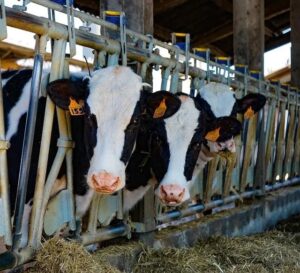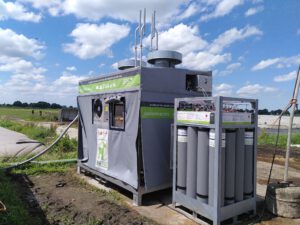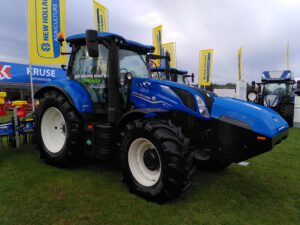WUR’s (Wageningen University & Research) Next Level Manure Values project looked at emission reductions in livestock farming. Three steps are necessary for a significant emission reduction: The first step is to limit emissions in the stable by, for example, daily or better still hourly manure removal. Thus, storing manure and urine in a sealed area as soon as possible. In gas-tight manure storage, methane is captured and through digestion processes methane mixed with carbon dioxide, is created. This process can already be implemented in the form of manure bag storage.
The second step is to optimize gas storage by implementing this in the form of a digester. Much more methane will be formed and less ammonia gas will be reduced. What remains after digestion is called the digestate.
The third step can involve separating the digestate into a thin and thick fraction. The thin fraction can be processed with a nitrogen stripper that further removes ammonia from the manure.
BASgas can provide part of the solution by flexibly valorizing the biogas produced. A livestock farmer produces much more biogas than is needed for farm consumption. This biogas can thus be supplied to third parties with the BASgas solution.
SOURCE (article in Dutch language): https://www.nieuweoogst.nl/nieuws/2022/10/01/wur-drietrapsraket-lost-stikstof-en-klimaatprobleem-veehouderij-op







